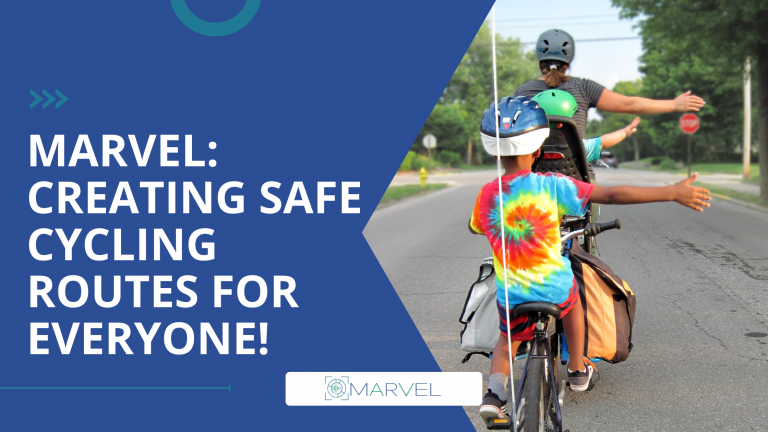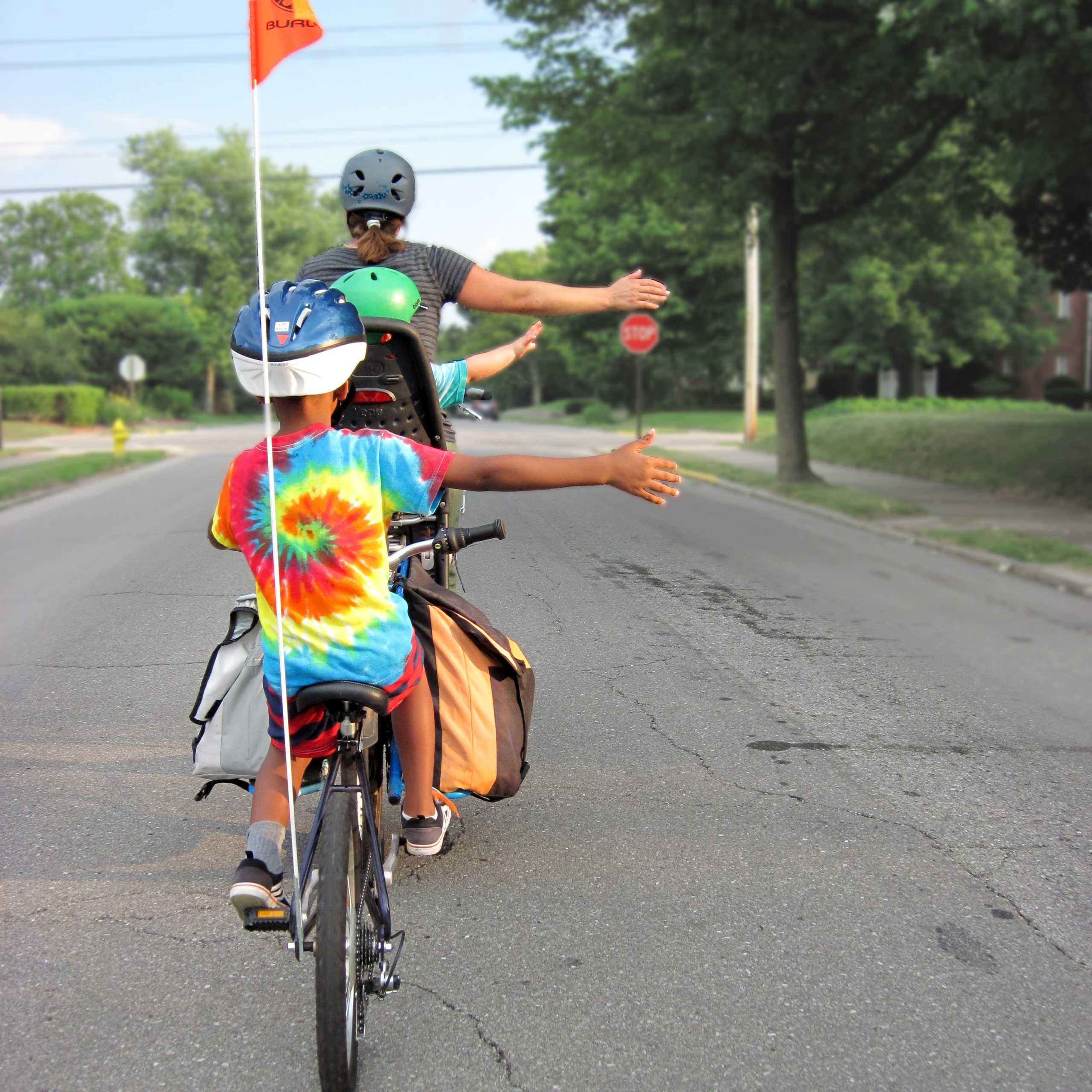MARVEL: creating safe cycling routes for everyone!
What are the main takeovers we should derive from it? Are standards a way forward or a pain?
Sustainability and better standards of living have been the top subject of conversation for the last 3+ years, especially during the pandemic. Being more self-aware and self-conscious about what we actually are consuming and practicing on a daily basis has become the new norm for multiple reasons. “Movement” the basic form of us humans has become a crucial focal point more than ever before especially as we journey through this digital age.
Encouraging cycling to all demographics and the young generation is important to society. Methods of Transport that go back to basics of simply walking or cycling, especially to commute towards longer distances or daily chores, should be very common when you live on a small island such as Malta.
A local school has made local news headlines by encouraging teenagers to cycle to school, Instead of Moving from A to B in fast-moving vehicles. (as if in a protected bubble of reality) Luca and Liam are now cycling to school which has brought them in touch with their immediate surroundings and in control of their commute.
“I’m free to go to places I otherwise wouldn’t be able to.”- said Liam [1].
(https://timesofmalta.com/articles/view/children-cycling-school-starting-movement.1004476)
The school received great feedback and a surge of participants to be involved and sign up for the program. “Cyclo-commuting initiatives are coming from the school itself, teachers, parents or students” – Michelle Attard Tonna, former president of Rota
With such initiatives, the number one priority is safety and taking the necessary precautions. In fact, with reference to the above article the students mentioned they reached an agreement with their parents on taking less busy countryside routes to school instead.
Apart from the weather and hilly landscape one of the main blocking points for the use of active mobility modes such as walking and cycling is the lack of perceived safety. Separate infrastructure would be ideal. However, the reality of countries with limited road space and historical cities like Malta is different and this is where the MARVEL framework comes into the picture.
“If there is a trend of more people cycling on our roads, for instance, it may become a safety concern, and having access to data in real-time can lead to faster solutions.” – Ms. Nicole Bonnici (Data Scientist & Engineer)[2]. We want to encourage Cyclo-commuting and better standards of living by not compromising our safety. We can reach these challenges through collective efforts and innovative IoT solutions or innovative AI solutions. Practically, what if we had smart sensors detecting through real-time data, to indicate alternative and safe cycling routes for cyclists and vice versa; notifying drivers of various vehicles in traffic within specific roads, areas, and time of day to trigger actions of regulating speed according to the necessary metrics traced within the moment. These signs can help to repurpose secondary roads in city cores and countryside routes which prioritise active modes where the car is not the king of the road but a permitted guest. A more detailed outlook and expanded discussion is well mentioned by Prof. Adrian Muscat and Data Scientist & Engineer Ms. Nicole Bonnici in the Article: “How a Company is trying to use AI and data to create more livable and adaptable cities[2].
The main blocking points for the use of active mobility modes such as walking and bicycling are the lack of perceived safety. This implementation could target countries with limited road space and low active mobility rates with message signs and software to control smart city infrastructure as well as to raise awareness. AI-powered signs could increase perceived safety and provide a significant incentive to cycle or walk more. A modal shift may take place as other road users become aware of the increase in priority and safety afforded to active modes.
Nationally, the need to move towards a planning system that improves and facilitates affordable modes such as walking; cycling and public transit travel has been Identified, In fact, one of the main aims of the National Transport Strategy 2050 is to create safer conditions for walking and cycling so as to encourage greater use of sustainable transport modes. The National Transport Strategy and the National Digital Strategy are set to support each other. “Ensuring the transportation system develops further with respect to the use of ICT to improve its services and support the economy in this field. Special emphasis should be given to the deployment of Intelligent Transportation Systems for improving road safety, traffic flow and in-country travel.”[3]
Blog signed by: GRN team
Menu
- Home
- About
- Experimentation
- Knowledge Hub
- ContactResults
- News & Events
- Contact
Funding

This project has received funding from the European Union’s Horizon 2020 Research and Innovation program under grant agreement No 957337. The website reflects only the view of the author(s) and the Commission is not responsible for any use that may be made of the information it contains.



